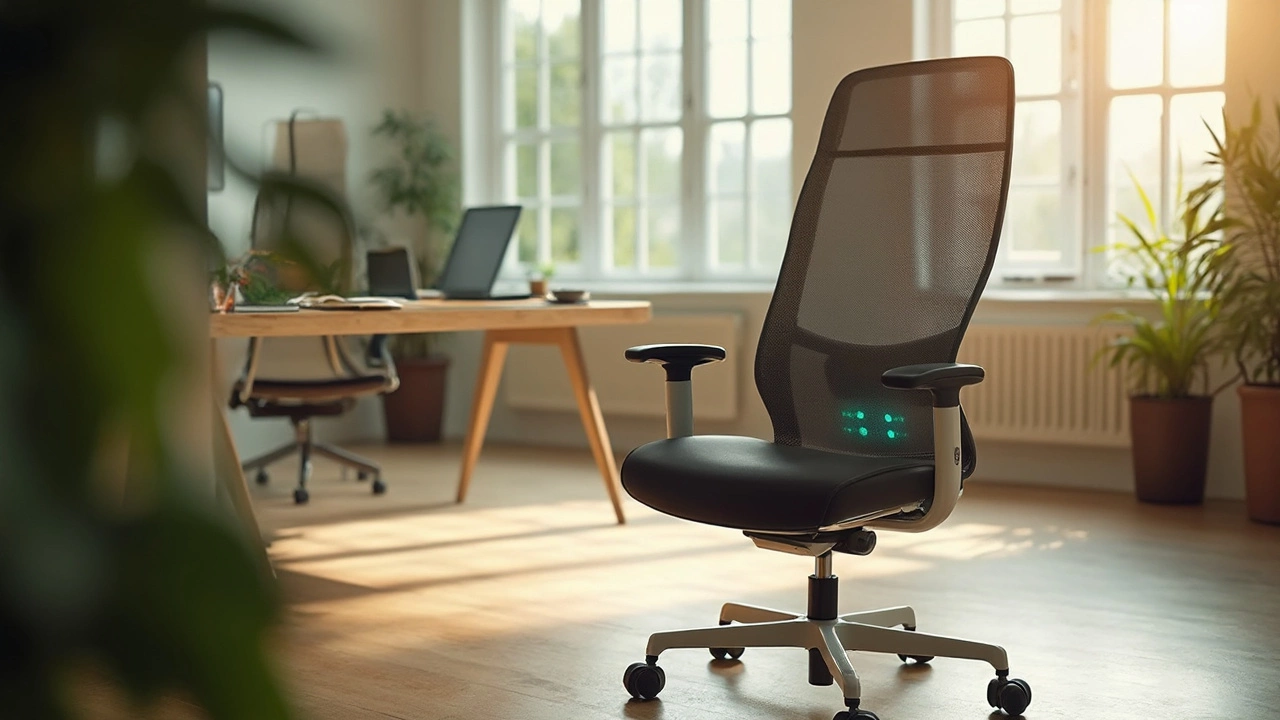Dealing with back pain during long work hours? Discover which chairs chiropractors swear by to ease discomfort and improve posture. This article explores ergonomic designs, adjustability features, and practical tips to help you find the perfect chair for your back health. Dive into insights on lumbar support and seating alignment, all shared with friendly advice. Make your desk setup not just more comfortable but also healthier.
Back Pain Relief Chairs – What to Look For and Why They Matter
If you spend hours at a desk, on the couch, or at the dining table, a good chair can be the difference between feeling great and ending the day with a sore back. Back pain relief chairs are designed to keep your spine in a neutral position, offer solid lumbar support, and let you sit for longer without fatigue. In this guide we’ll break down the key features, show how to test a chair, and highlight a few models that consistently get high marks.
Key Features That Make a Chair Pain‑Free
Adjustable lumbar support. Look for a built‑in or attachable lumbar pad you can raise, lower, or tilt. Your lower back should feel cradled, not pressed.
Seat depth and height. The seat should let you sit back with your feet flat on the floor and knees at a 90‑degree angle. Too deep and you’ll lean forward; too shallow and you’ll lose support.
Swivel and tilt. A chair that tilts slightly forward when you’re working and can recline a bit when you relax helps keep muscles engaged without locking them in one position.
Material breathability. Mesh backs or fabric with good airflow prevent heat buildup, which can increase tension in the back and shoulders.
How to Test a Chair Before Buying
1. Sit for at least five minutes. Do you feel a gentle pressure in the small of your back? That’s the lumbar pad doing its job.
2. Adjust the height so your hips are level with or slightly above your knees. Your weight should rest evenly on both sit bones.
3. Try the tilt lever. When you lean back, the chair should support the natural curve of your spine, not force you into a slouch.
4. Move around. Roll, swivel, and shift weight to see if any part feels stiff or uncomfortable. A good back pain relief chair will feel smooth and responsive.
When you shop online, read reviews that mention "lower back" or "lumbar" specifically. Real‑world feedback is the fastest way to spot chairs that actually deliver relief.
Popular options that consistently appear in top‑rated lists include the Ergohuman High Back Mesh Chair, the Aquila Executive Recliner (great for seniors), and the budget‑friendly FlexiSpot Mesh Office Chair. All three offer adjustable lumbar pads, breathable backs, and easy height controls.
Remember, the best chair for you matches your body size, daily activities, and personal style. Don’t settle for a generic office chair if you need extra lumbar support—you’ll feel the difference every time you sit down.
Investing in a back pain relief chair isn’t a luxury; it’s a health decision. The right seat helps you stay productive, reduces the risk of chronic discomfort, and can even improve posture over time. Use the checklist above, try a few models if you can, and choose the one that makes your back feel supported from the moment you sit down.
